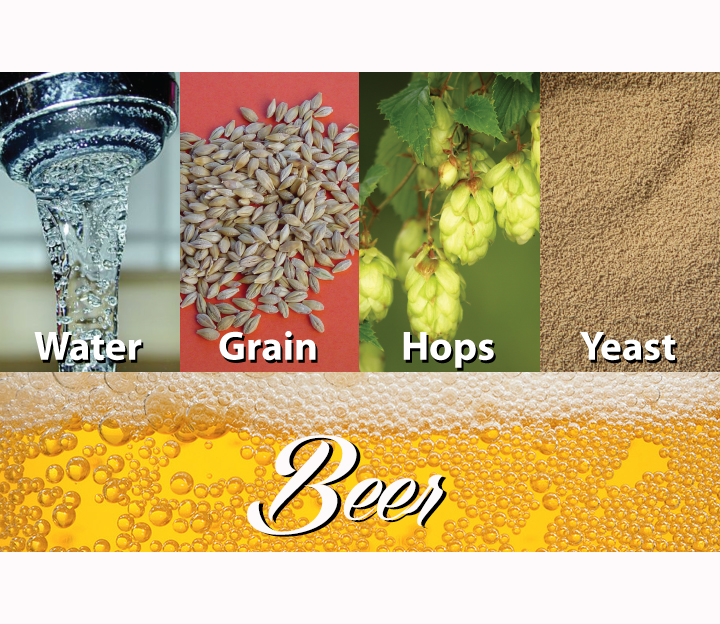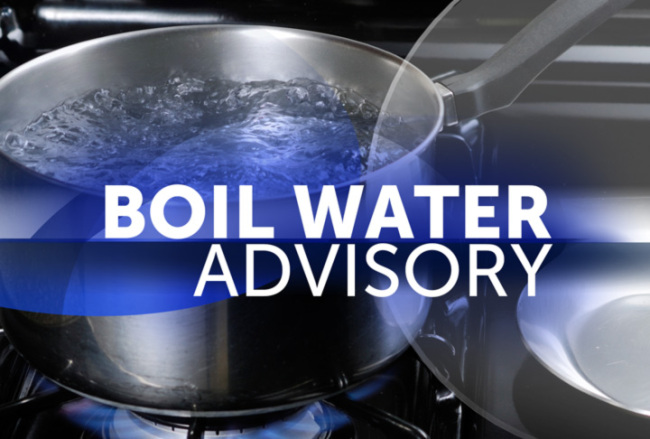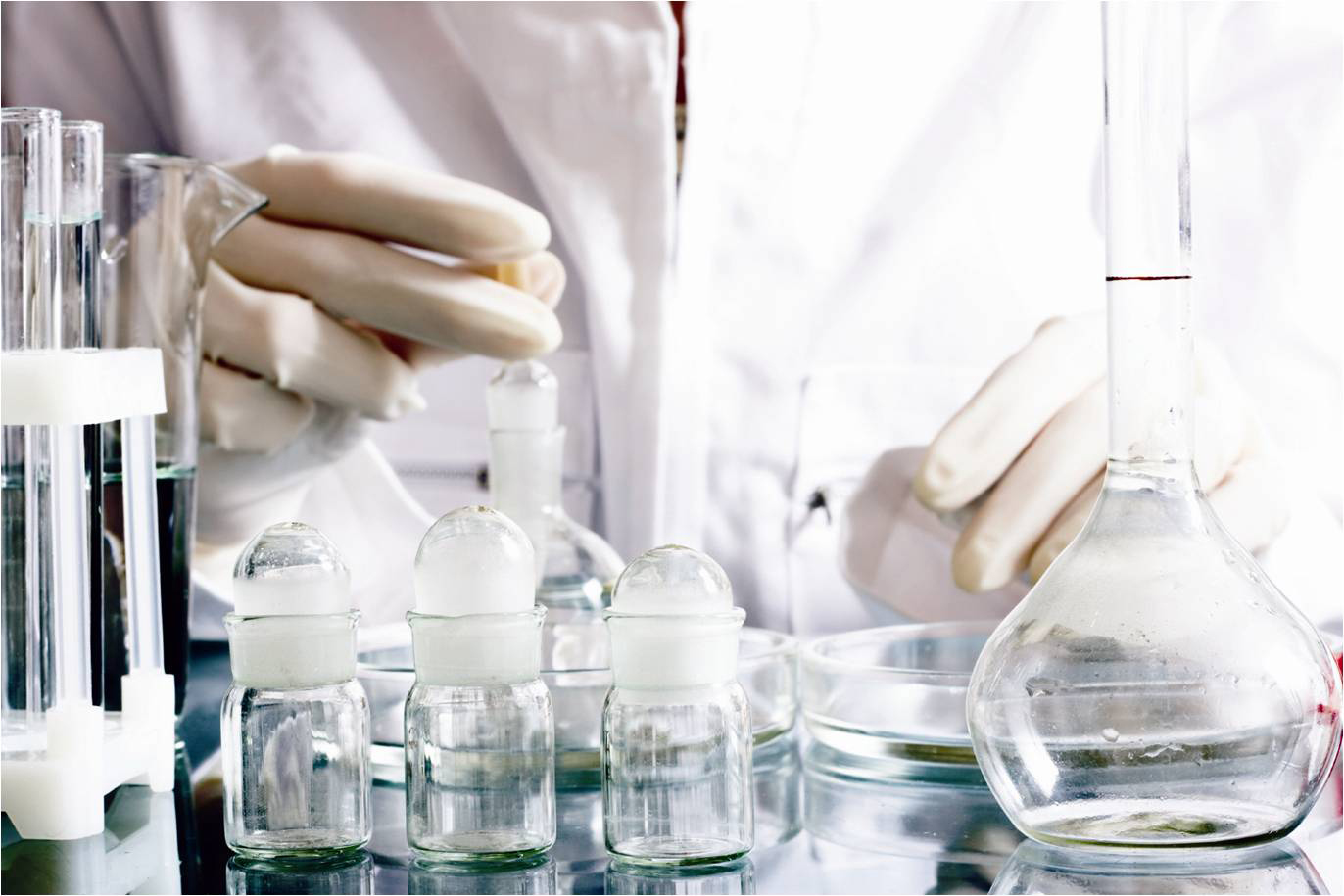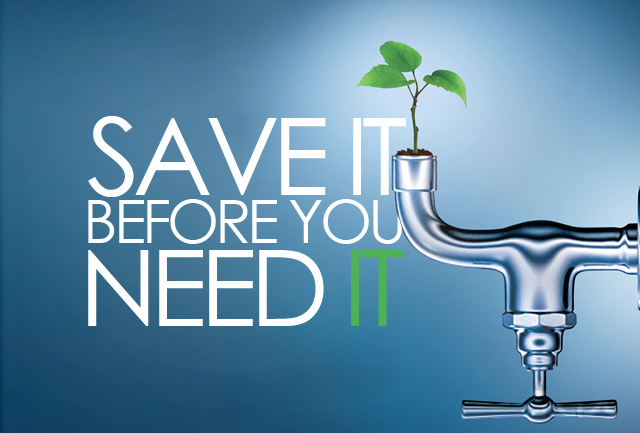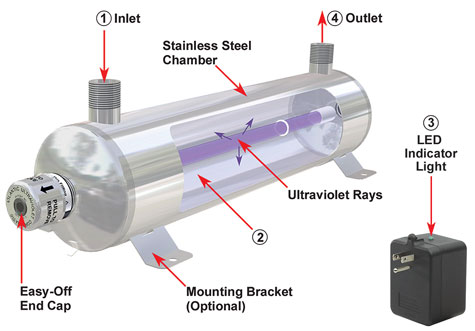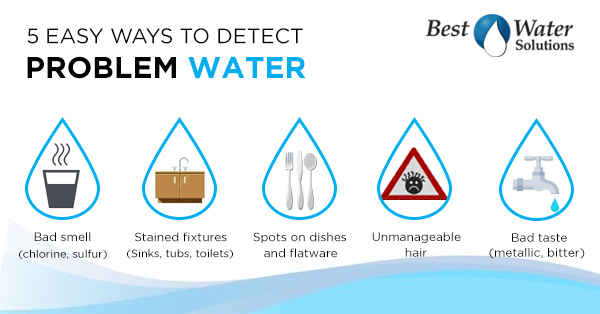The sun is shining, temperatures are rising… Summer is here! With many hot days ahead and increased outdoor activities, more exercise and visits to the gym it is extremely important to stay properly hydrated. Get your beach body without hurting your body.
Did You Know?
It may surprise you to know that when you exercise you can lose up to 33 oz of fluid per hour, depending on how long and hard you are exercising.
Sweat and the air you breathe out are the main ways you lose fluid. If you’re not careful you will quickly become dehydrated, which can affect your health and ability to continue exercising.
Remember:
Water regulates your body temperature, lubricates your joints and helps transport nutrients to give you energy and keep you healthy. If you’re not getting enough you may experience:
- Fatigue
- Dizziness or lightheaded feeling
- Nausea or vomiting
- Muscle cramps
- Dry mouth
- Lack of sweating
- Hard, fast heartbeat
So whether you’re a serious athlete or a recreational exerciser, it’s important to make sure you get the right amount of water before, during and after exercise, especially if you are exercising outdoors.
The American Council on Exercise suggests the following basic guidelines for drinking water before, during and after exercise:
- Drink 17 to 20 ounces of water 2 to 3 hours before you start exercising.
- Drink 8 ounces of water 20 to 30 minutes before you start exercising or during your warm-up
When you start to exercise it is important that you are well hydrated especially if you’re in a warm environment. Beginning to exercise when you are dehydrated will make your body temperature rise faster and your heart will end up working harder than usual. This makes it difficult for your body to meet aerobic demands. Aside from having negative effects on your overall performance, it could lead to more serious conditions, like a heat stroke.
So make sure to drink enough water throughout the day paying extra attention to hydrating in the 2 to 3 hours before exercising!
- Drink 7 to 10 ounces of water every 10 to 20 minutes during exercise
The amount of water you need to drink will depend on how much fluid you lose from sweat and how long you exercise. Starting to drink early and at regular intervals while you’re exercising is best.
If you’re exercising for less than an hour water is all you need to keep you hydrated. If you’re planning on working out longer or doing a particularly intense exercise (like running a marathon or participating in a tough training session) you will probably need to replace electrolytes also.
Try this homemade citrus electrolyte drink that will do the trick and save you some money on expensive sports drinks:
1/2 cup fresh orange juice
1/4 cup fresh lemon juice
2 cups of water (filtered or purified) or raw coconut water
2 tbsp organic raw honey or organic maple syrup
1/8 tsp Himalayan Pink salt or Celtic sea salt (I like Himalayan better – it has 84 trace minerals)
Put all ingredients in a blender and blend well.
Lactic Acid
During some specific activities like weight training, the body produces a lot of lactic acid—which is what makes muscles and joints feel fatigued during physical activity. Lemon water is a great drink in this case, because it not only keeps you hydrated but also alkalizes your system so it’s not too acidic. (Although lemon juice is acidic, it is thought to induce the body to balance by becoming more alkaline once it is metabolized).
Regardless of the type of exercise you choose to engage in it’s important that you don’t wait until you feel thirsty to drink – by then, it’s too late and you will already be dehydrated.
Be careful not to over hydrate! Too much water could possibly lead to a rare condition called hyponatremia, which is when excess water in our bodies dilutes the sodium content in our blood. How much water is too much? This depends on your body and the kind of activity you are doing. Talk to your family doctor if you have questions about the right amount of water to drink while exercising.
- Drink 8 ounces of water no more than 30 minutes after you exercise
Post Workout
Okay, so you are finally done with all the hard work. Although you have been replacing the fluid you lose while exercising you will surely be ready for something more to drink. This will be both refreshing and important for restoring your fluid levels and helping your muscles recover. You can continue to drink plain Purified Water or add a pinch of salt to it to accelerate restoration of your fluid levels. Avoid caffeinated or alcoholic drinks right after exercise since they are diuretics, meaning they remove water from your body. Our aim is the exact opposite!
Now that you know the basic tricks for perfect hydration when exercising, make sure that the Water you are drinking is the best you can get. Contact us today – our trained professionals will be happy to help you find the Water Treatment System that better meets your needs and your budget.
Gainesville: 352-372-2707 Ocala: 352-369-1707


